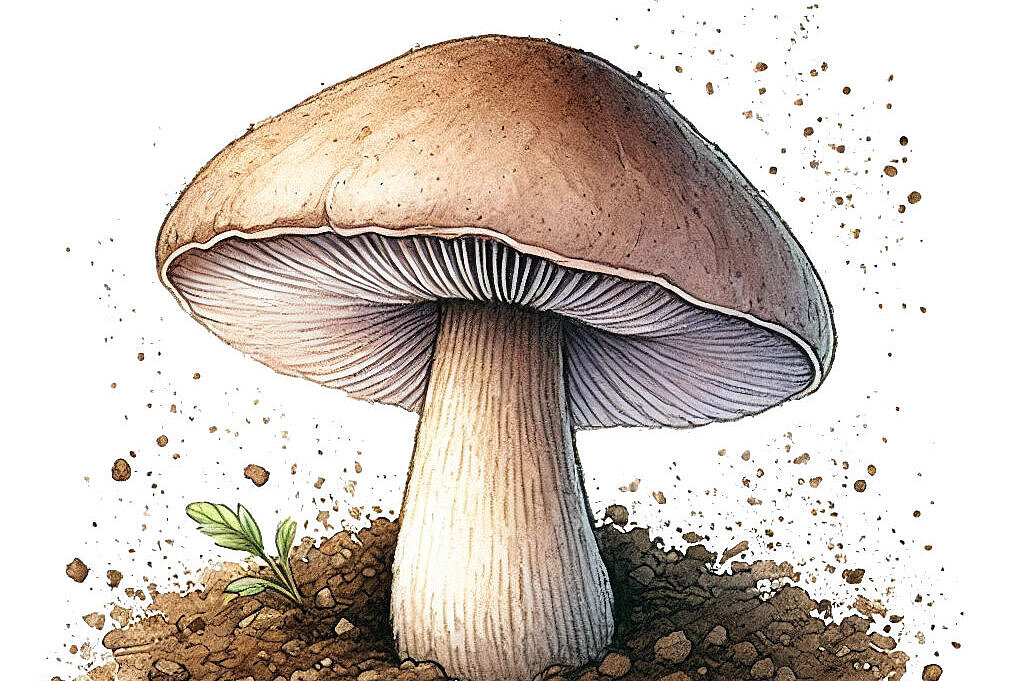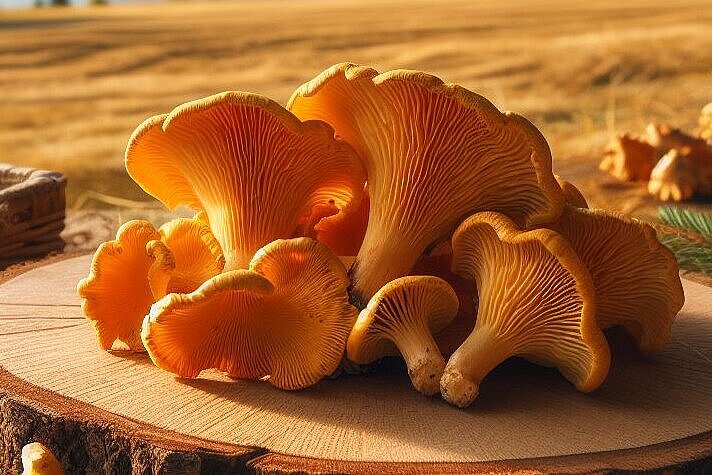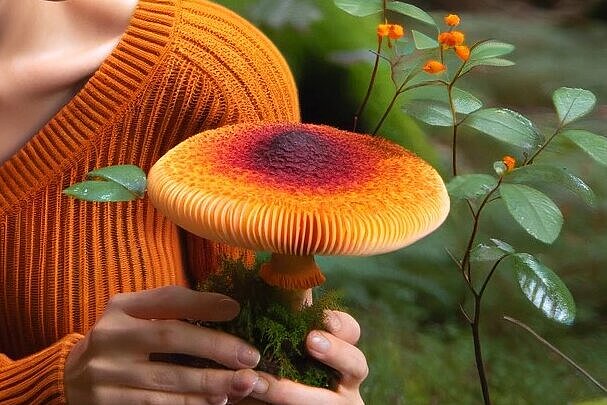Greenling

In the dense undergrowth of our forests, on damp meadows or in the shade of old trees hides a world full of mysteries and unexplored creatures: the world of mushrooms. Among the countless species that can be found in this mysterious realm, one stands out in particular - the green mushroom. But what makes this mushroom so special and what role does it play in our dogs' lives? In this article, we delve deep into the world of the green mushroom and explore the benefits and potential drawbacks it can bring to our four-legged friends.
What is the green mushroom?
A mushroom full of secrets
The green mushroom, also known by its scientific name Chlorophyllum molybdites, belongs to the mushroom family. With its characteristic green spore powder and often large, imposing appearance, the green mushroom immediately catches the eye in nature. But caution is advised: Due to its poisonous properties, this mushroom is not edible for humans and can lead to unpleasant symptoms if eaten.
A natural phenomenon
Despite its toxicity to humans, the presence of the green fungus in nature raises important questions about its interactions with animals, especially our dogs. How do dogs react to this fungus? Are there possibly even health benefits, or does the greenling only pose risks to our four-legged companions?
The benefits of the green mushroom for dogs: a double-edged sword
Potential health benefits
At first glance, it may seem surprising that the green fungus, a poisonous mushroom for humans, could offer any benefits for dogs at all. While research in this area is still in its infancy, there is evidence that certain types of mushrooms, including some poisonous mushrooms, may have positive effects on the immune system and overall health of dogs. The unique constituents of some mushrooms, such as antioxidants and immune modulators, could potentially help boost the immune system in very small, non-toxic amounts.
A question of dosage
However, it is extremely important to emphasize that the possible positive effects depend heavily on the dosage. An incorrect assessment of the quantity can quickly lead to symptoms of poisoning. Therefore, any form of mushroom administration to dogs should only be carried out under strict supervision and after consultation with a vet.
Disadvantages and dangers: A risk that must be avoided
Risk of poisoning
The most serious disadvantage and the greatest danger of green mushrooms for dogs is the potential for poisoning. Symptoms of mushroom poisoning can range from mild stomach upset to severe digestive problems, cramps, liver damage and even death in extreme cases. Individual susceptibility may vary, but the risk of poisoning is a serious issue.
Responsible handling is crucial
For dog owners, this means that responsible handling of the environment in which the dog moves is essential. Mushrooms, including the green fungus, should be kept out of reach of dogs, and walks in mushroom-rich areas require special attention and caution.
The greenfinch - a fascinating yet dangerous encounter
The greenling embodies the beauty and danger of the natural world in one. While the potential benefits to canine health are an interesting area of research, the risks of poisoning clearly outweigh the benefits. The safety of our dogs should always be paramount, which is why a conscious and informed approach to the natural world around us is of the utmost importance. Ultimately, the greenling reminds us that not everything found in nature is suitable for our four-legged friends.
If you notice any signs of hypersensitivity or poisoning in your dog, you should see your vet immediately. We are not a substitute for a vet, but we try to be as accurate as possible. Every dog reacts differently and we recommend you get a second opinion or consult your vet if in doubt.
Stay healthy and take good care of your four-legged friend!😊
Similar to Greenling
Champignons are also known as Egerlinge or Angerlinge and are one of the most cultivated mushrooms in the world. They are descended from the meadow mushrooms that grow in the wild. Mushrooms have a...
Chanterelles are a type of mushroom from the stubble mushroom family. They have a yolk to golden yellow cap, which is funnel-shaped, and ridges on the underside of the cap that run down the stem....
Porcini mushrooms belong to the boletus family and are one of the best-known and tastiest types of mushroom. They have a firm, light brown cap and a white to yellowish stalk. The tubes under the cap...
The lactarius mushroom, scientifically known as Lactarius, belongs to the russula family. This mushroom is particularly known for its milky liquid that comes out when you break or cut it. There are...



